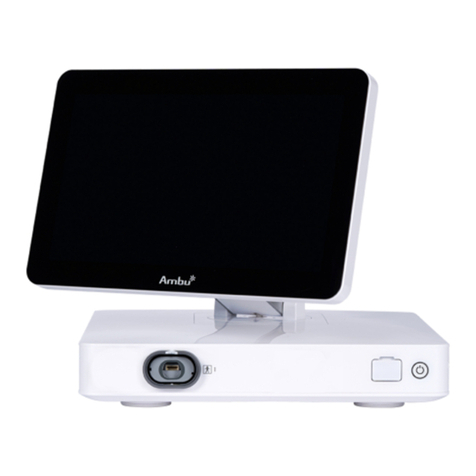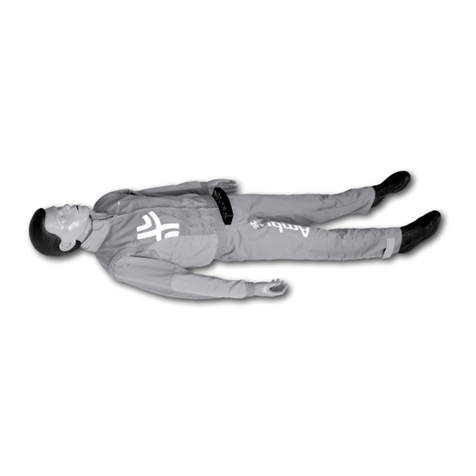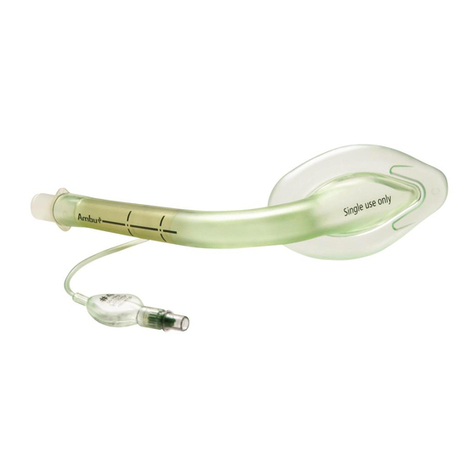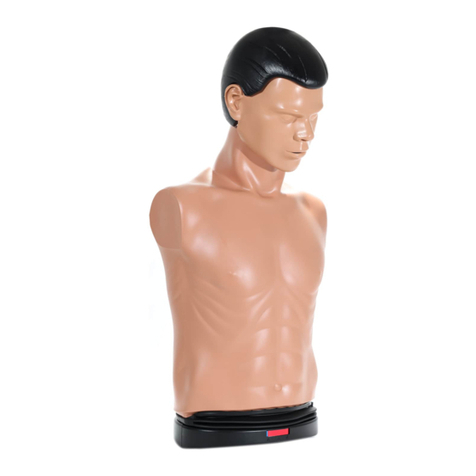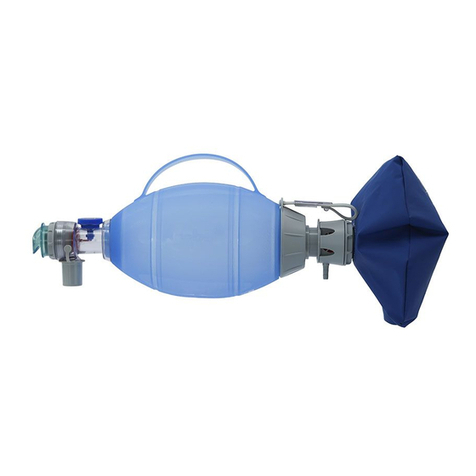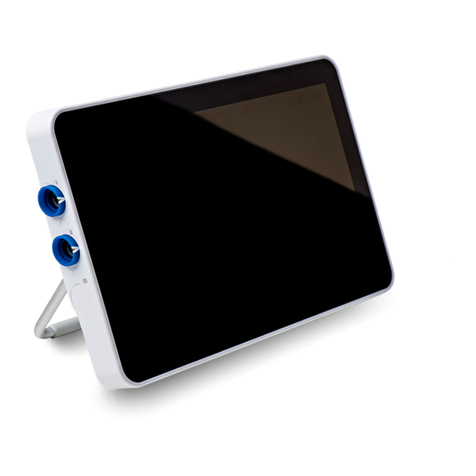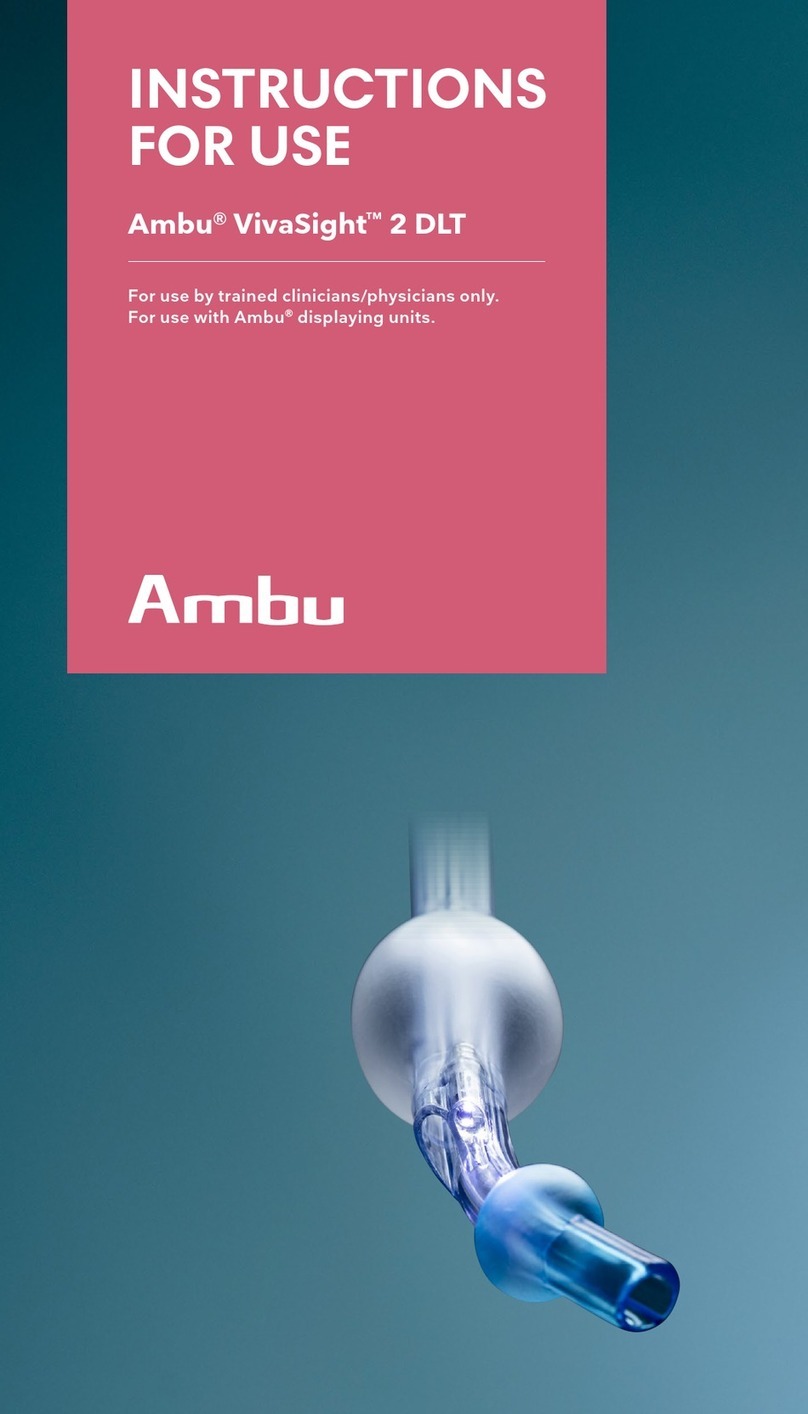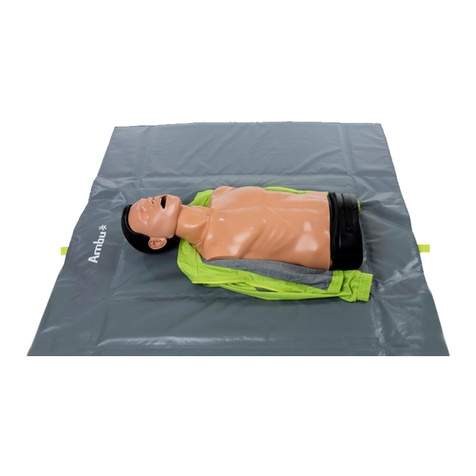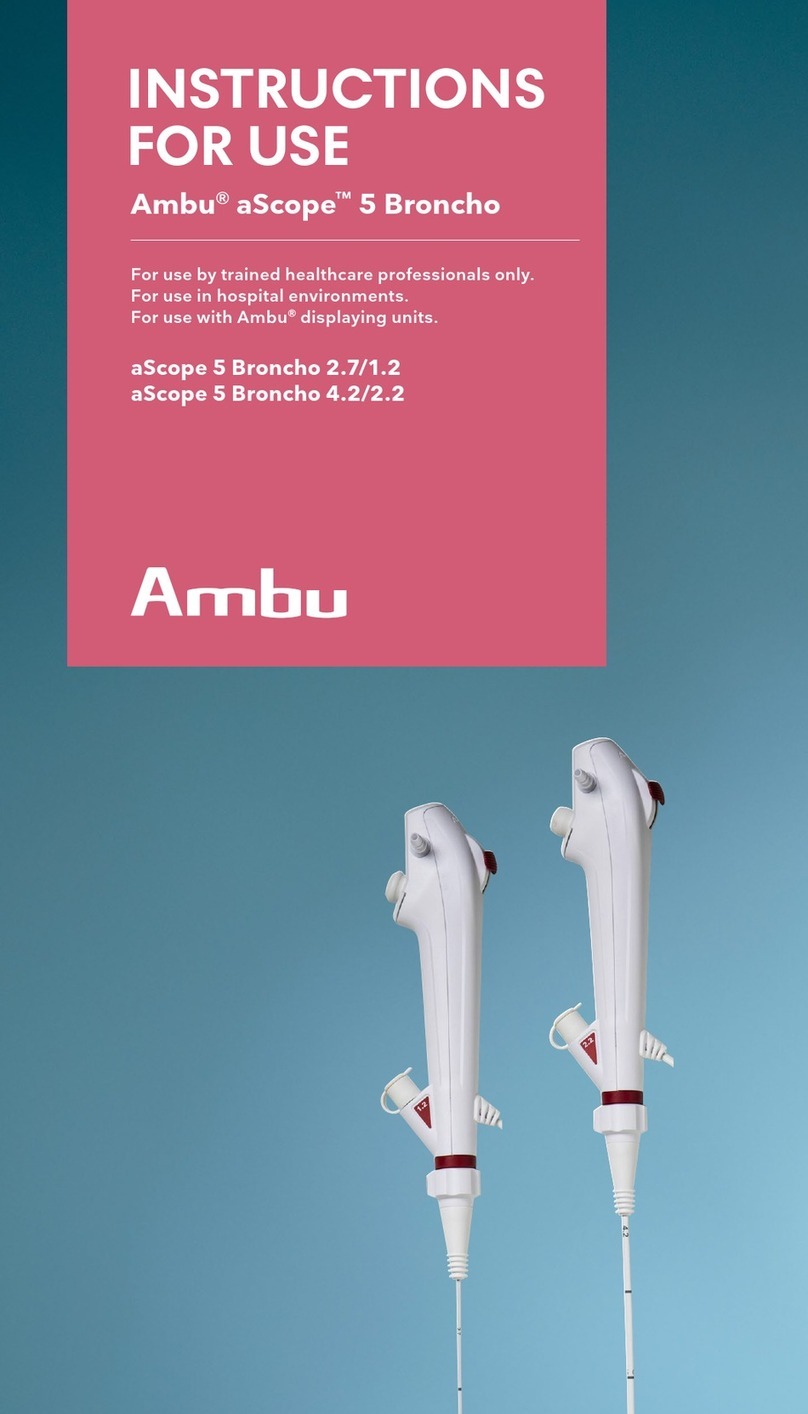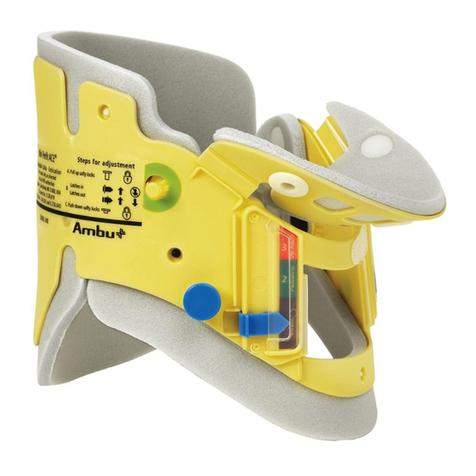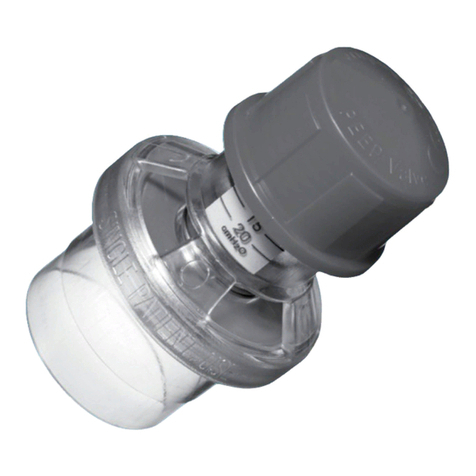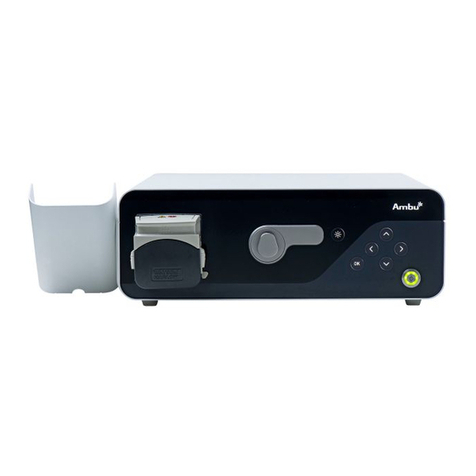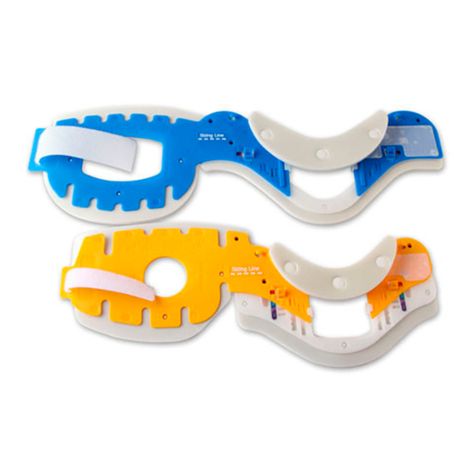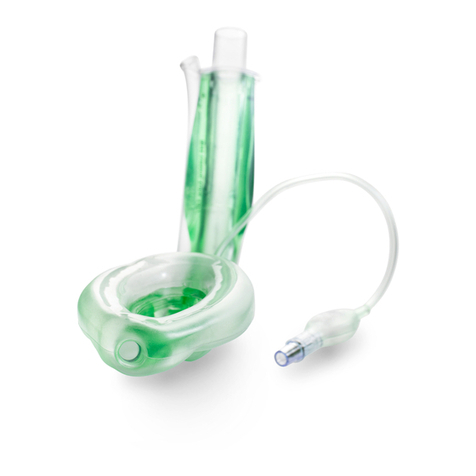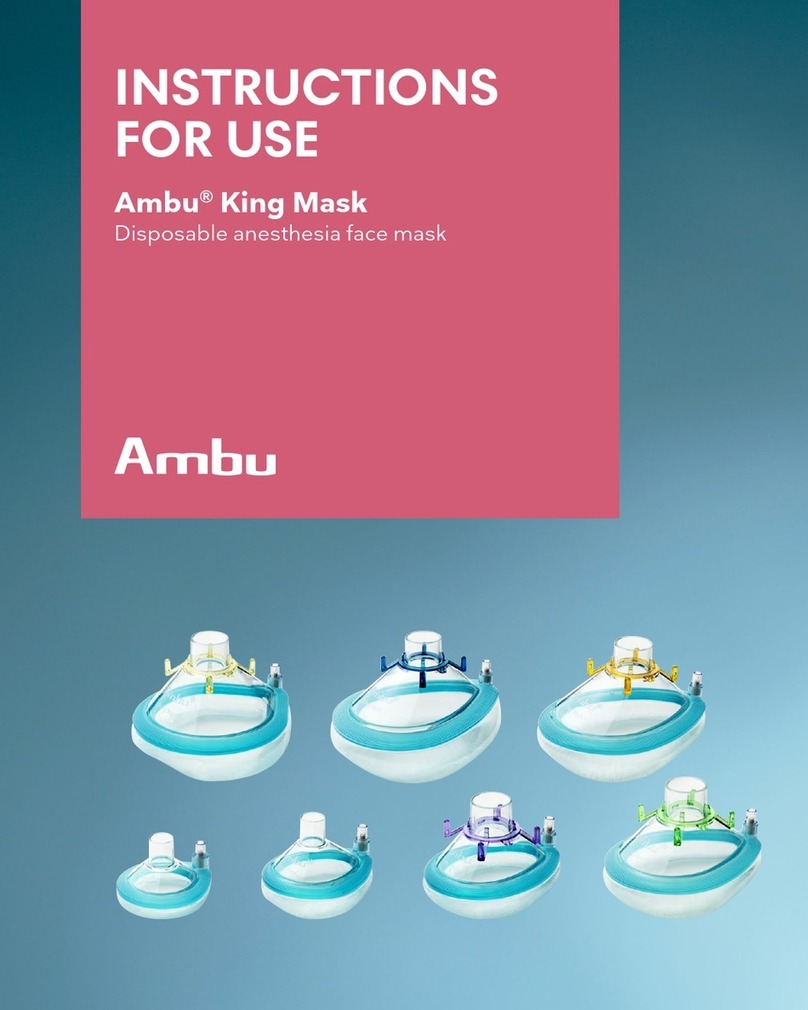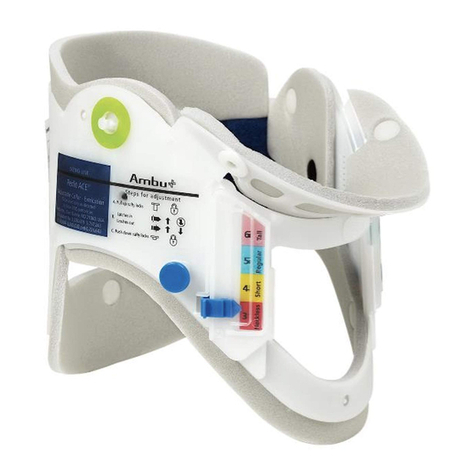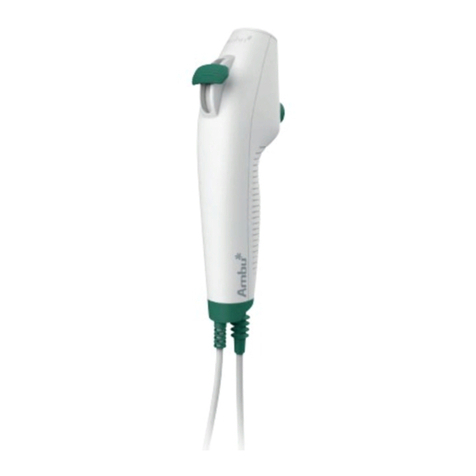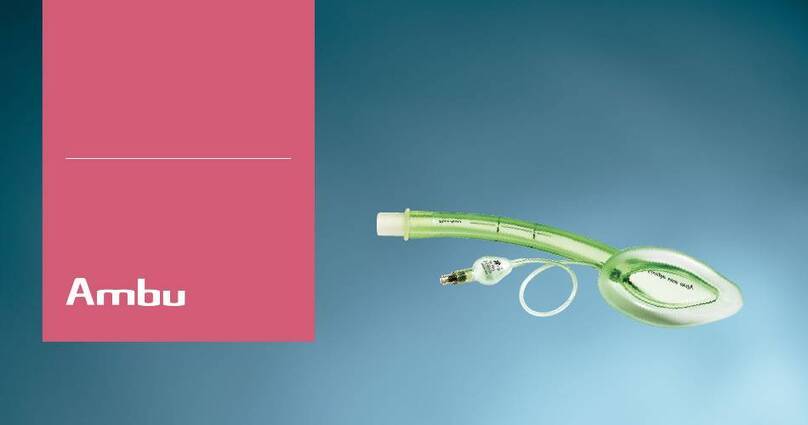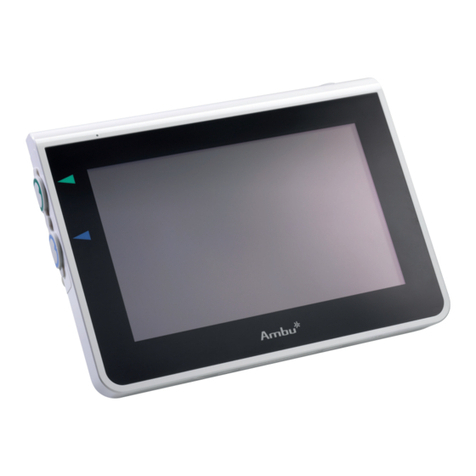
en
5
1.5. Warnings and Cautions
Warnings
1. For single-use only. Do not reuse, reprocess or resterilize as these processes may
leave harmful residues or cause malfunction of the aScopeGastro. Reuse of the
aScopeGastro may cause cross-contamination potentially leading to infections.
2. Confirm that the outlet of the insufflation/rinsing valve is not blocked.
If theopening is blocked, gas is fed continuously and patient pain, bleeding,
perforation and/or gas embolism can result.
3. Prior to use always perform an inspection and functionality check according to
sections 4.1 and 4.4. Do not use the device if the aScopeGastro or its packaging
is damaged in any way or if the functionality check fails, as this can lead to
patient injury or infection.
4. Patient leakage currents may be additive, when using energised endoscopic
accessories. Do not use energised endoscopic accessories which are not
classified as "type CF" or "type BF" applied part according to IEC 60601, as that
could lead to too high patient leakage current.
5. Do not perform procedures with High Frequency endoscopic accessories if
flammable or explosive gases are present in the gastrointestinal tract as this may
result in serious injury to the patient.
6. Always observe the live endoscopic image when inserting, withdrawing or
operating the aScopeGastro. Failure to do so may result in patient injury,
bleeding and/or perforation.
7. Ensure that the insufflator is not connected to the auxillary water inlet as this
may cause overinsufflation which can result in patient pain, bleeding, perforation
and/or gas embolism.
8. The distal end of the aScopeGastro may get warm due to heating from the LEDs.
Avoid long periods of contact between the distal end of the aScopeGastro and
the mucosal membrane as sustained contact may cause mucosal injury.
9. Do not insert or withdraw the aScopeGastro if endoscopic accessory is protruding
from the distal end of the working channel as this may result in injury to the patient.
10. If the biopsy cap is left uncapped or if the biopsy valve is damaged it can reduce
the efficacy of the aScopeGastro's suction system, and may leak or spray patient
debris or fluids, posing a risk of infection. When the valve is uncapped, place a
piece of sterile gauze over it to prevent leakage.
11. Always use gauze to pull the accessory device through the biopsy valve as
patient debris or fluids may leak or spray, posing a risk of infection.
12. During the procedure always wear personal protective equipment (PPE) to
protect against contact with potentially infectious material. Failure to do so may
cause contamination potentially leading to infections.
13. Using HF (High Frequency) tools/electrosurgical equipment with aScopeGastro
may disturb the image on the displaying unit which may lead to patient injury.
To reduce disturbance try alternative settings on HF generator with lower
Peak Voltage.
14. Portable RF (Radio Frequency) communications equipment (including peripherals
such as antenna cables and external antennas) should be used no closer than
30cm (12 inches) to any part of the aScopeGastro and the displaying unit,
including cables specified by the manufacturer. Otherwise, degradation of the
performance of this equipment could result which could lead to patient injury.
